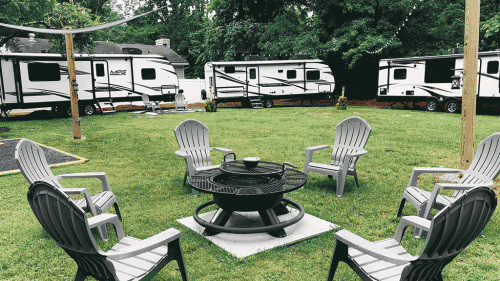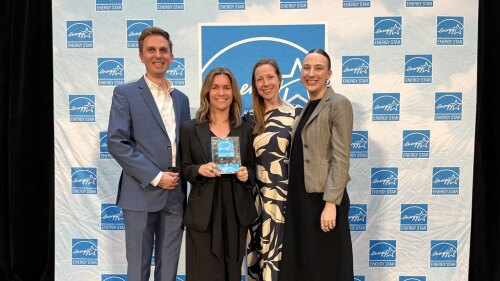In October, the ULI Greenprint Center for Building Performance announced an additional goal to reduce the operational carbon emissions of its members’ collective buildings to net zero by the year 2050. Eleven ULI Greenprint members have already publicly committed to this target on top of the 50 percent carbon reduction goal by 2030 that all ULI Greenprint members have already pledged.
ULI Greenprint members are dedicated to reducing carbon and increasing energy efficiency in their real estate portfolios as part of their business strategy. To date, members have improved energy efficiency and reduced greenhouse gas intensity by over 34 percent and are on track to meet ULI Greenprint’s current goal.
This new net-zero-carbon goal is designed to meaningfully reduce the built environment’s impact on climate change beyond existing efforts. It encourages portfolio-wide carbon reductions via deep energy efficiency improvements, on-site renewable energy, green utility power and building electrification, off-site renewables, and renewable energy credits and offsets. The goal is in line with the Paris Agreement and findings from the Intergovernmental Panel on Climate Change (IPCC) report to limit global warming to 1.5 degrees Celsius.
“The market has evolved, and so has ULI Greenprint,” says Marta Schantz, senior vice president, ULI Greenprint Center for Building Performance. “When ULI Greenprint set the original goal back in 2009, it was ambitious and set the industry on the right track to reduce its impact on the environment. Now, we recognize the opportunity for our members to raise the bar with a longer-term net-zero-carbon goal, while continuing to show how these changes can continually add value to their properties.”
ULI Greenprint will measure members’ progress toward the net-zero-carbon goal by tracking their collective improvements in energy efficiency, purchase of green utility power, and increased investment in on- and off-site renewable energy and offsets. Collective progress will be published in the ULI Greenprint Performance Report each year to publicly showcase advancements toward both goals.
Eleven ULI Greenprint member companies are publicly announcing their alignment with the goal. In total, they represent $215 billion in assets under management (AUM), 521 million square feet (48.4 million sq m), and 2,847 properties across 19 countries:
- City Developments Limited (CDL), Singapore;
- CommonWealth Partners, Los Angeles;
- Heitman, Chicago;
- Hudson Pacific Properties, Los Angeles;
- Jamestown LP, Atlanta;
- Kilroy Realty Corporation, Los Angeles;
- LaSalle Investment Management, Chicago;
- MultiGreen, Henderson, Nevada;
- NEO, Manila, Philippines;
- Nuveen Real Estate, London; and
- The Tower Companies, Rockville, Maryland.
Learn more about the ULI Greenprint Net Zero goal.





